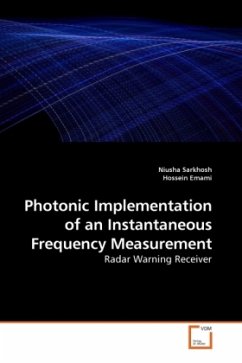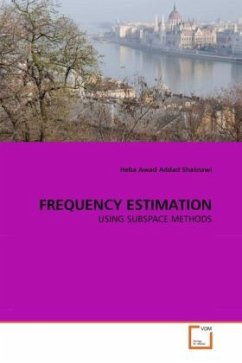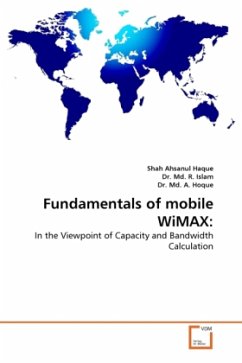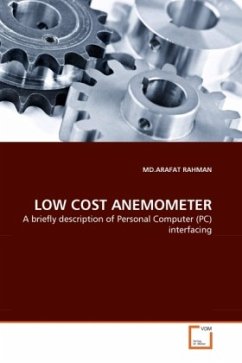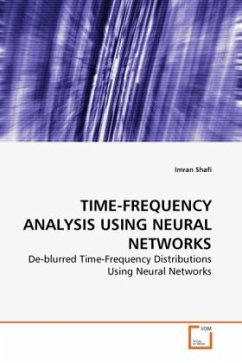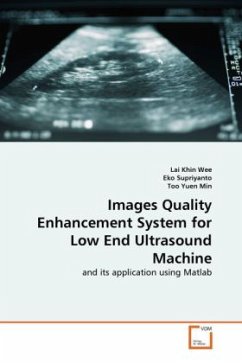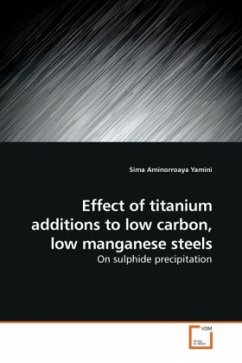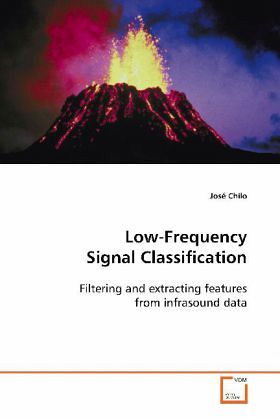
Low-Frequency Signal Classification
Filtering and extracting features from infrasound data
Versandkostenfrei!
Versandfertig in 6-10 Tagen
32,99 €
inkl. MwSt.

PAYBACK Punkte
16 °P sammeln!
The development of the International Monitoring System (IMS) for the verification of the Comprehensive Nuclear-Test-Ban Treaty Organization (CTBTO) has led to a rapid revival of interest in infrasound. Furthermore, the installation of low-frequency sensors at seismic sites has increased in recent years, providing researchers with large and heterogeneous data-sets in near real-time. New techniques are needed to better process all of this data and to extract meaningful information quickly for various applications. In particular, there is a need to find distinct features in the infrasonic signals...
The development of the International Monitoring
System (IMS) for the verification of the
Comprehensive Nuclear-Test-Ban Treaty Organization
(CTBTO) has led to a rapid revival of interest in
infrasound. Furthermore, the installation of low-
frequency sensors at seismic sites has increased in
recent years, providing researchers with large and
heterogeneous data-sets in near real-time. New
techniques are needed to better process all of this
data and to extract meaningful information quickly
for various applications. In particular, there is a
need to find distinct features in the infrasonic
signals that allow one to distinguish low level
nuclear tests from seismic events.
In this book three methods for feature extraction
from infrasound and other types of low frequency
signal data are discussed: (1) discrete wavelets
transforms (DWTs); (2) time scale spectra (TSSs)
using continuous wavelet transforms (CWTs); and (3)
empirical mode decomposition (EMD).
System (IMS) for the verification of the
Comprehensive Nuclear-Test-Ban Treaty Organization
(CTBTO) has led to a rapid revival of interest in
infrasound. Furthermore, the installation of low-
frequency sensors at seismic sites has increased in
recent years, providing researchers with large and
heterogeneous data-sets in near real-time. New
techniques are needed to better process all of this
data and to extract meaningful information quickly
for various applications. In particular, there is a
need to find distinct features in the infrasonic
signals that allow one to distinguish low level
nuclear tests from seismic events.
In this book three methods for feature extraction
from infrasound and other types of low frequency
signal data are discussed: (1) discrete wavelets
transforms (DWTs); (2) time scale spectra (TSSs)
using continuous wavelet transforms (CWTs); and (3)
empirical mode decomposition (EMD).



